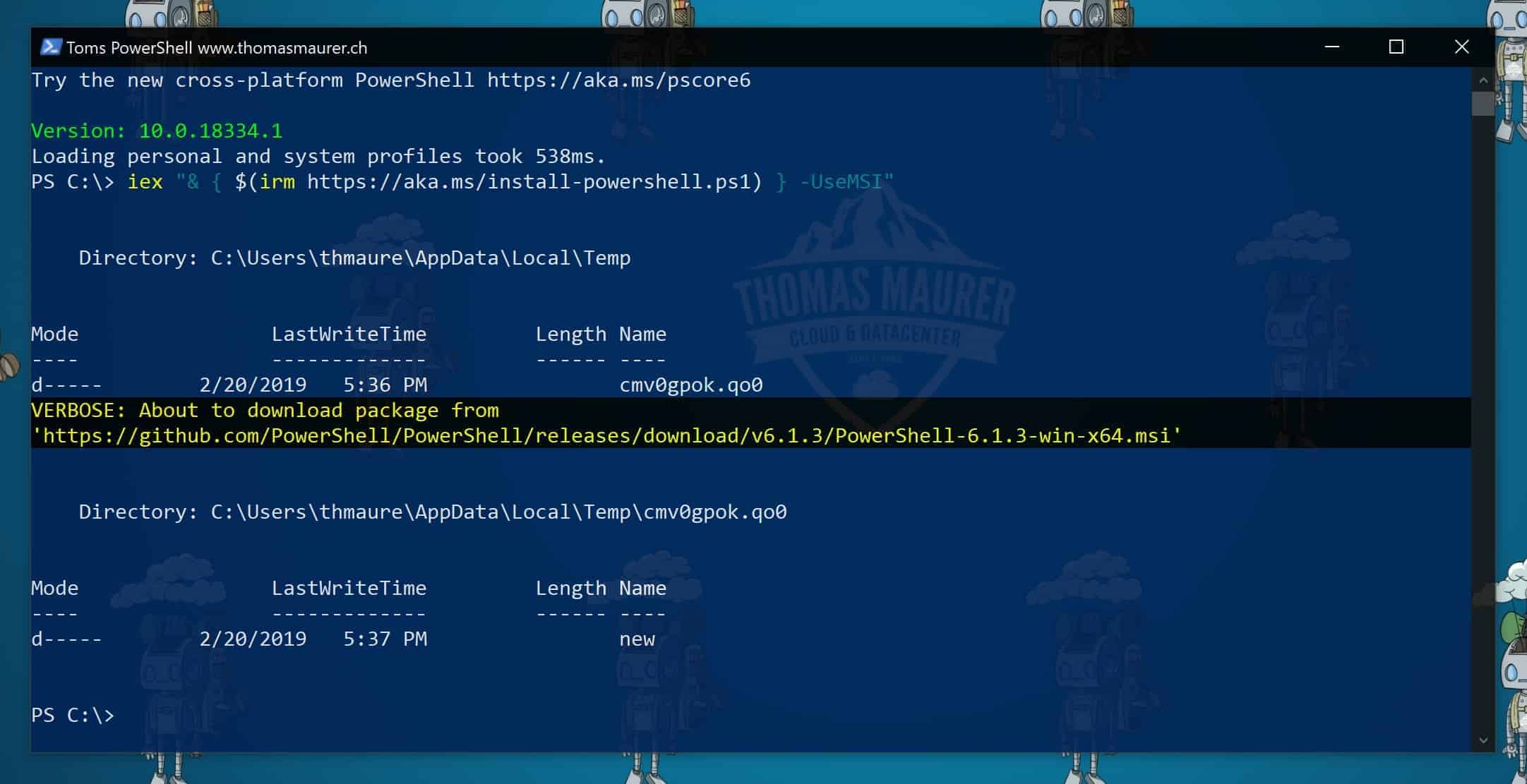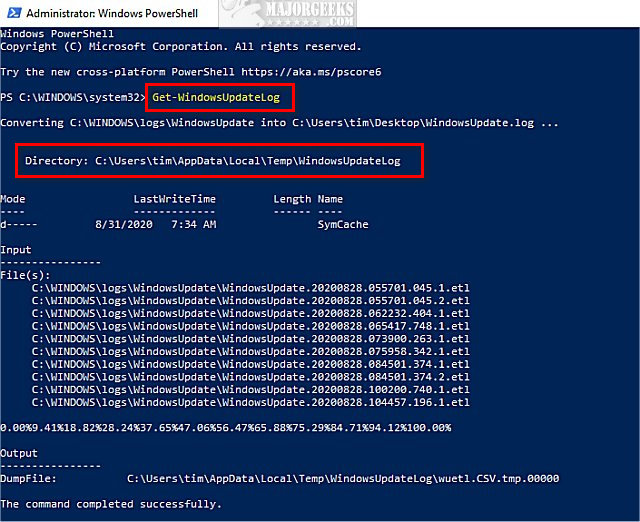

- Windows UpdateHelp command powershell update commands Patch#
- Windows UpdateHelp command powershell update commands software#
- Windows UpdateHelp command powershell update commands windows#
Patches are regarded as temporary fixes for existing issues between full-scale software releases.
Windows UpdateHelp command powershell update commands Patch#
With the right patch management solution, you can enhance your system by testing or installing the latest software updates and patches.
Windows UpdateHelp command powershell update commands windows#
If you need assistance from Microsoft support, we recommend you collect the information by following the steps mentioned in Gather information by using TSS for deployment-related issues.Patch management is a crucial aspect of IT infrastructure administration, just as Windows Workstation backup. extract - Enables you to extract the installation files to a specified folder. This switch invokes the default logging behavior. log - Enables the user to define the path for the local log file. The user can select whether to restart the computer. promptrestart - Prompts the user that the computer must be restarted for the changes to take effect. If the user clicks Cancel, the computer isn't restarted. The dialog box contains a Cancel button and a Restart Now button. For example, to warn that a restart will occur in 60 seconds, type /warnrestart:60. warnrestart - Invokes a dialog box that warns the user that a restart will occur in x seconds (in 30 seconds if no value is specified). Restarting forces programs that are running to close. forcerestart - Restarts the computer after the installation or the removal, even if the process doesn't require a restart for the changes to take effect. norestart - Doesn't restart the computer after the installation or the removal, even if the process requires a restart for the changes to take effect. If the program is installing multiple updates, the progress bar indicates the progress of the installation or the removal for each update. By default, the program invokes the /warnrestart switch. The user can't cancel the installation or the removal. The user sees a progress bar that indicates that the installation or the removal is occurring. The program doesn't prompt the user with any error messages. passive - Runs the Setup program or the removal program in "passive" mode. To change the default restart behavior, use a different restart mode. By default, the program restarts the computer with no prompt or warning if the process requires a restart for the changes to take effect. The program enters all messages in a log file. The program doesn't prompt the user with any messages. quiet - Runs the Setup program or the removal program in "quiet" mode. The dialog box also provides references to more online information. If you use any command-line switch incorrectly, this help switch is invoked and the correct usage is displayed. You can display this help information in the command-line interface (CLI) or the graphical user interface (GUI).

help /h /? - Displays a dialog box that shows the correct usage of the Setup command, including a list of all its command-line switches and their behaviors. Microsoft is adopting the following command-line switches for software update packages:

However, usage of the earlier switches should be discontinued as this support may be removed in future software updates.įor additional information about command-line switches that are used by Windows software update packages, click the following article number to view the article in the Microsoft Knowledge Base:Ģ62841 Command-line switches for Windows software update packagesįor additional information about command-line switches used by Windows Installer, visit the following Microsoft Web site: Packages that support these new command-line switches also support earlier command-line switches for backwards compatibility.


 0 kommentar(er)
0 kommentar(er)
